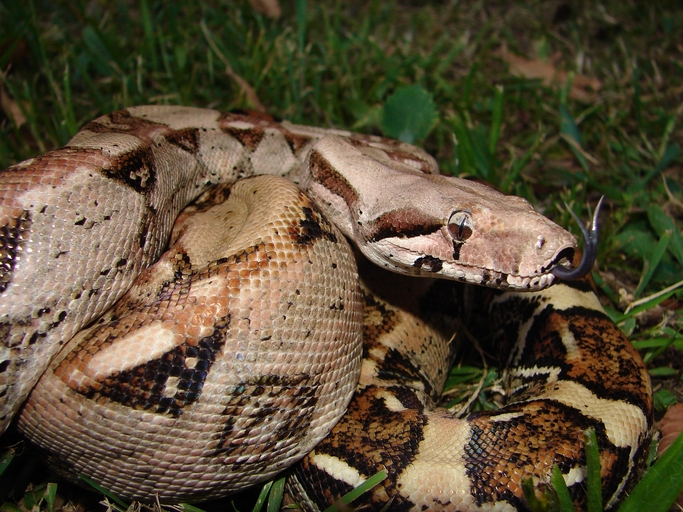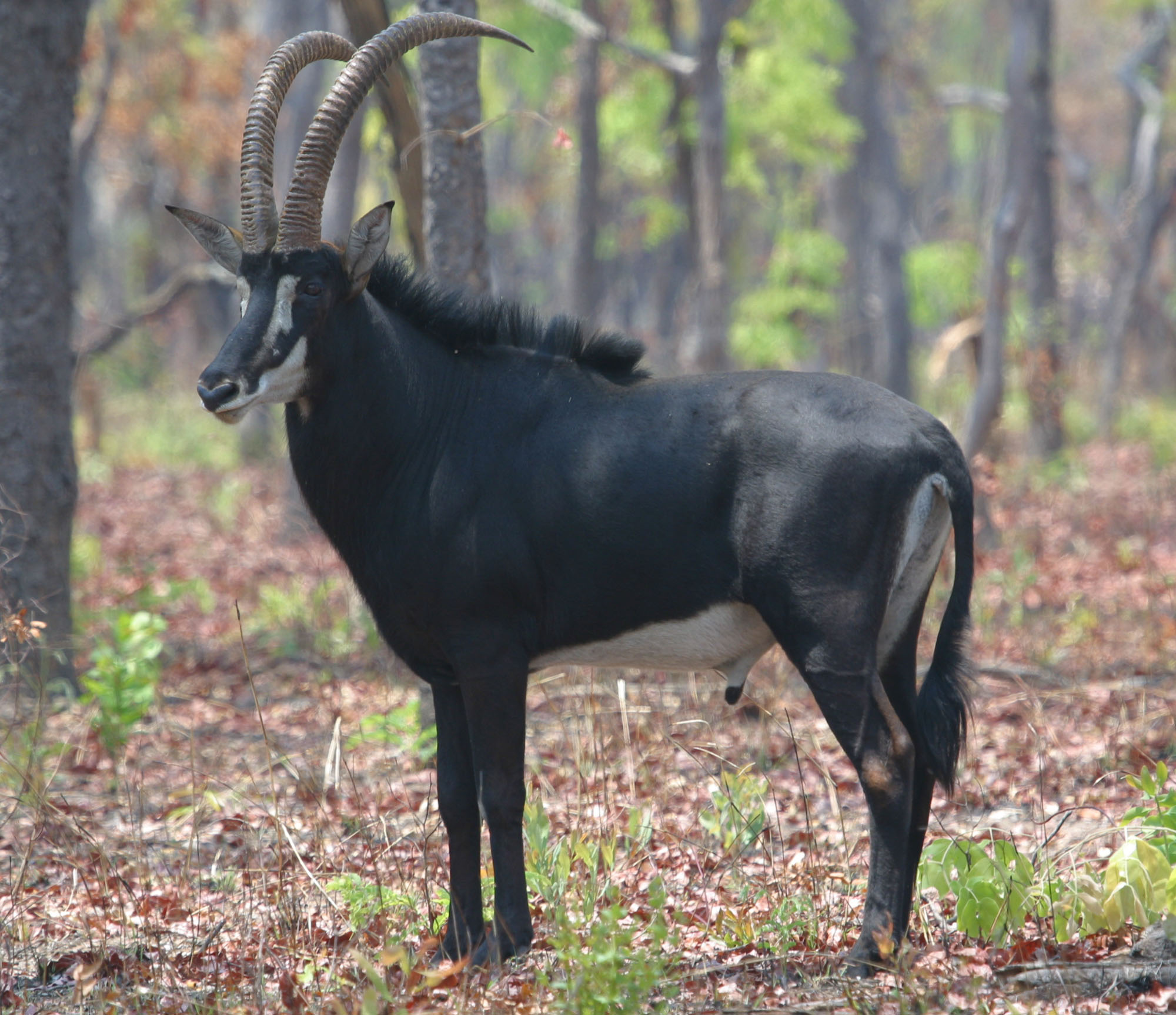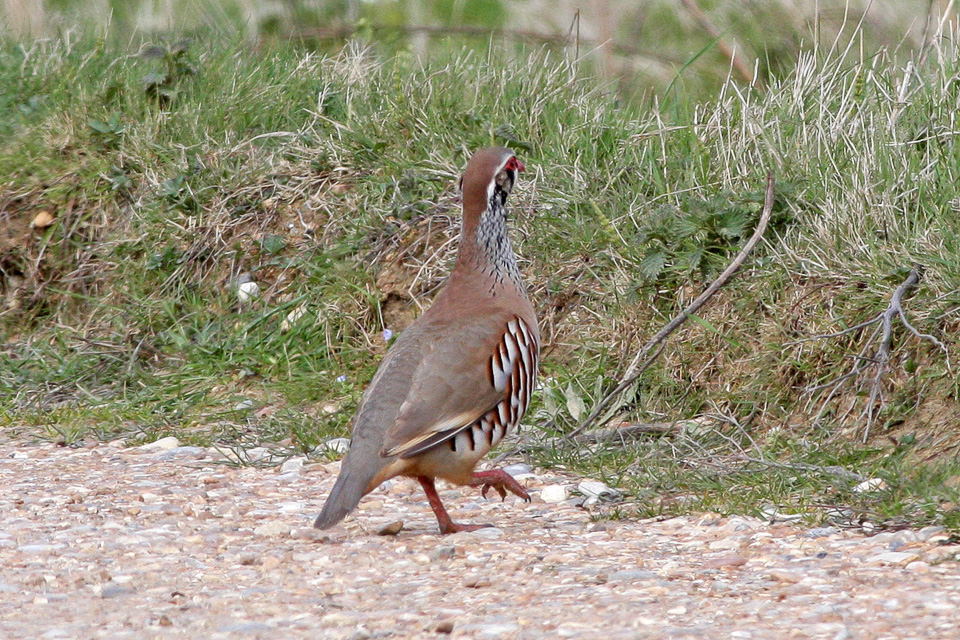|
Folon Region
Folon Region is one of the 31 regions of Ivory Coast. Since its establishment in 2011, it has been one of two regions in Denguélé District. The seat of the region is Minignan and the region's population in the 2021 census was 146,209, making it the least-populous region of the country. Folon is currently divided into two departments: Kaniasso and Minignan. Natural geography The majority of the geography of Folon is savannah, but there are forests along the rivers."Folon" gouv.ci, accessed 23 February 2016. The forests are threatened by and bushfires. The wild fauna of the region includes |
Regions Of Ivory Coast
The regions of Ivory Coast () are the second-level subdivisions of Ivory Coast. There are 31 regions, and each region is subdivided into two or more departments of Ivory Coast, departments, the third-level division in Ivory Coast. Two to four regions are combined to make up an districts of Ivory Coast, autonomous district, the first-level subdivision. The autonomous districts of Abidjan and Yamoussoukro are not divided into regions. History The first 10 regions were established in 1990.Sato (2003). At the time, they supplanted the departments as the first-level administrative subdivisions of the country, with the departments being converted into second-level subdivisions. Two new regions were added in 1996. Four new regions were added in 1997, and all the existing regions changed their names, bringing the total to 16. In 2000, four of the regions were divided to create three more regions, bringing the total to 19. Prior to the 2011 reorganisation of the subdivisions of Ivory Co ... [...More Info...] [...Related Items...] OR: [Wikipedia] [Google] [Baidu] |
Wild Boar
The wild boar (''Sus scrofa''), also known as the wild swine, common wild pig, Eurasian wild pig, or simply wild pig, is a Suidae, suid native to much of Eurasia and North Africa, and has been introduced to the Americas and Oceania. The species is now one of the widest-ranging mammals in the world, as well as the most widespread Suina, suiform. It has been assessed as least concern on the IUCN Red List due to its wide range, high numbers, and adaptability to a diversity of habitats. It has become an invasive species in part of its introduced range. Wild boars probably originated in Southeast Asia during the Early Pleistocene and outcompeted other suid species as they spread throughout the Old World. , up to 16 subspecies are recognized, which are divided into four regional groupings based on skull height and lacrimal bone length. The species lives in matriarchal societies consisting of interrelated females and their young (both male and female). Fully grown males are usually s ... [...More Info...] [...Related Items...] OR: [Wikipedia] [Google] [Baidu] |
Regions Of Denguélé District
In geography, regions, otherwise referred to as areas, zones, lands or territories, are portions of the Earth's surface that are broadly divided by physical characteristics (physical geography), human impact characteristics (human geography), and the interaction of humanity and the environment ( environmental geography). Geographic regions and sub-regions are mostly described by their imprecisely defined, and sometimes transitory boundaries, except in human geography, where jurisdiction areas such as national borders are defined in law. More confined or well bounded portions are called ''locations'' or ''places''. Apart from the global continental regions, there are also hydrospheric and atmospheric regions that cover the oceans, and discrete climates above the land and water masses of the planet. The land and water global regions are divided into subregions geographically bounded by large geological features that influence large-scale ecologies, such as plains and features. As a ... [...More Info...] [...Related Items...] OR: [Wikipedia] [Google] [Baidu] |
Folon Region
Folon Region is one of the 31 regions of Ivory Coast. Since its establishment in 2011, it has been one of two regions in Denguélé District. The seat of the region is Minignan and the region's population in the 2021 census was 146,209, making it the least-populous region of the country. Folon is currently divided into two departments: Kaniasso and Minignan. Natural geography The majority of the geography of Folon is savannah, but there are forests along the rivers."Folon" gouv.ci, accessed 23 February 2016. The forests are threatened by and bushfires. The wild fauna of the region includes |
Boa (genus)
''Boa'' is a genus of Boinae, boas found in Mexico, the Caribbean, and Central America, Central and South America. Five extant species, and one extinct, are currently recognized. Etymology The Online Etymology Dictionary says that the word comes from the "late 14c., "large snake," from Latin boa, type of large serpent mentioned in Pliny the Elder, Pliny's Naturalis Historia, "Natural History;" origin unknown (in medieval folk etymology the name was associated with Greek bous "ox")." There might be a connection to the Albanian word bolla, bollë, from proto-Albanian *bālwā, meaning any of various nonvenomous snakes of the families Colubridae, Colubridae family, Boidae, Boidae family or a kuçedër's early form. Price, Glanville (2000). Encyclopedia of the Languages of Europe. Wiley-Blackwell; 1 edition Species *) Not including the nominate subspecies. Distribution and habitat ''Boa'' species are found in northern Mexico through Central America (Belize, Guatemala, Honduras, ... [...More Info...] [...Related Items...] OR: [Wikipedia] [Google] [Baidu] |
Rabbit
Rabbits are small mammals in the family Leporidae (which also includes the hares), which is in the order Lagomorpha (which also includes pikas). They are familiar throughout the world as a small herbivore, a prey animal, a domesticated form of livestock, and a pet, having a widespread effect on ecologies and cultures. The most widespread rabbit genera are '' Oryctolagus'' and '' Sylvilagus''. The former, ''Oryctolagus'', includes the European rabbit, ''Oryctolagus cuniculus'', which is the ancestor of the hundreds of breeds of domestic rabbit and has been introduced on every continent except Antarctica. The latter, ''Sylvilagus'', includes over 13 wild rabbit species, among them the cottontails and tapetis. Wild rabbits not included in ''Oryctolagus'' and ''Sylvilagus'' include several species of limited distribution, including the pygmy rabbit, volcano rabbit, and Sumatran striped rabbit. Rabbits are a paraphyletic grouping, and do not constitute a clade, as ha ... [...More Info...] [...Related Items...] OR: [Wikipedia] [Google] [Baidu] |
Cape Bushbuck
The Cape bushbuck (''Tragelaphus sylvaticus''), also known as imbabala is a common, medium-sized bushland-dwelling, and a widespread species of antelope in sub-Saharan Africa. It is found in a wide range of habitats, such as rain forests, montane forests, forest-savanna mosaic, savanna, bushveld, and woodland. It stands around at the shoulder and weigh from . They are generally solitary, territorial Browsing_(herbivory), browsers. Taxonomy The taxonomy of bushbuck, and of the Tragelaphini tribe in general, has been contested. Bushbuck have been fractured into over 40 subspecies in the past. mtDNA profiles of a large number of samples were resolved in 2009 as belonging to 19 groups, some corresponding to previously described subspecies, while others were previously unrecognised and remained unnamed. These groups were then organised into two taxon, taxa - a Nominate subspecies, nominate northern subspecies (''T. s. scriptus'') and a southern subspecies ''T. s. sylvaticus''. In the ... [...More Info...] [...Related Items...] OR: [Wikipedia] [Google] [Baidu] |
Waterbuck
The waterbuck (''Kobus ellipsiprymnus'') is a large antelope found widely in sub-Saharan Africa. It is placed in the genus ''Kobus (antelope), Kobus'' of the family Bovidae. It was first Scientific description, described by Irish naturalist William Ogilby in 1833. Its 13 subspecies are grouped under two varieties: the common or ellipsiprymnus waterbuck and the defassa waterbuck. Their coat colour varies from brown to grey. The long, spiral horn (anatomy), horns, present only on males, curve backward, then forward, and are long. Waterbucks are rather sedentary in nature. As gregarious animals, they may form herds consisting of six to thirty individuals. These groups are either nursery herds with females and their offspring or bachelor herds. Males start showing territorial behaviour from the age of five years, but are most dominant from six to nine. The waterbuck cannot tolerate dehydration in hot weather, and thus inhabits areas close to sources of water. Predominantly a grazer ... [...More Info...] [...Related Items...] OR: [Wikipedia] [Google] [Baidu] |
Antelope
The term antelope refers to numerous extant or recently extinct species of the ruminant artiodactyl family Bovidae that are indigenous to most of Africa, India, the Middle East, Central Asia, and a small area of Eastern Europe. Antelopes do not form a monophyletic group, as some antelopes are more closely related to other bovid groups, such as bovines, goats, and sheep, than to other antelopes. A stricter grouping, known as the true antelopes, includes only the genera '' Gazella'', '' Nanger'', '' Eudorcas'', and '' Antilope''. One North American mammal, the pronghorn or "pronghorn antelope", is colloquially referred to as the "American antelope", despite the fact that it belongs to a completely different family ( Antilocapridae) than the true Old-World antelopes; pronghorn are the sole extant member of an extinct prehistoric lineage that once included many unique species. Although antelope are sometimes referred to, and easily misidentified as, "deer" ( cervids), true ... [...More Info...] [...Related Items...] OR: [Wikipedia] [Google] [Baidu] |
Francolin
Francolins are birds in the tribe Gallini that traditionally have been placed in the genus ''Francolinus'', but now commonly are divided into multiple genera. As previously defined, they were paraphyletic as the genus '' Pternistis'', which was previously included in '' Francolinus'', is more closely related to Old World quails than it is to the other francolins. Beginning in 2004, various ornithologists have recommended that it would be clearer to use "spurfowl" for all members of the genus ''Pternistis'' and restrict the use of "francolin" to the other species presently or formerly classified in '' Francolinus''. When ''Pternistis'' is excluded, the francolins form a monophyletic clade that is a sister group to a clade comprising the junglefowl (''Gallus'') and the bamboo partridges (''Bambusicola''); together, these clades compose the tribe Gallini. Although formerly classified in the partridge subfamily Perdicinae, this classification is no longer supported, and they ... [...More Info...] [...Related Items...] OR: [Wikipedia] [Google] [Baidu] |
Partridge
A partridge is a medium-sized Galliformes, galliform bird in any of several genera, with a wide Indigenous (ecology), native distribution throughout parts of Europe, Asia and Africa. Several species have been introduced to the Americas. They are sometimes grouped in the Perdicinae subfamily of the Phasianidae (pheasants, quail, etc.). However, molecular research suggests that partridges are not a distinct taxon within the family Phasianidae, but that some species are closer to the pheasants, while others are closer to the junglefowl. Description Partridges are medium-sized Game (hunting), game birds, generally intermediate in size between the larger pheasants, smaller quail; they're ground-dwelling birds that feature variable plumage colouration across species, with most tending to grey and brown. Range and habitat Partridges are native to Europe, Asia, Africa, and the Middle East. Some species are found nesting on steppes or agricultural land, while other species prefer mor ... [...More Info...] [...Related Items...] OR: [Wikipedia] [Google] [Baidu] |
Warthog
''Phacochoerus'' is a genus in the family Suidae, commonly known as warthogs (pronounced ''wart-hog''). They are pigs who live in open and semi-open habitats, even in quite arid regions, in sub-Saharan Africa. The two species were formerly considered conspecific under the scientific name ''Phacochoerus aethiopicus'', but today this is limited to the desert warthog, while the best-known and most widespread species, the common warthog (or simply warthog), is ''Phacochoerus africanus''. Description left, Skull Although covered in bristly hairs, a warthog's body and head appear largely bare, from a distance, with only a crest of hair along the back and the tufts on the face and tail being obvious. The English name "wart"-hog refers to their facial wattles, which are particularly distinct in males. The males also have very prominent tusks, which reach a length of ; females' tusks are always smaller.Novak, R. M. (editor) (1999). ''Walker's Mammals of the World.'' Vol. 2. 6th editio ... [...More Info...] [...Related Items...] OR: [Wikipedia] [Google] [Baidu] |




